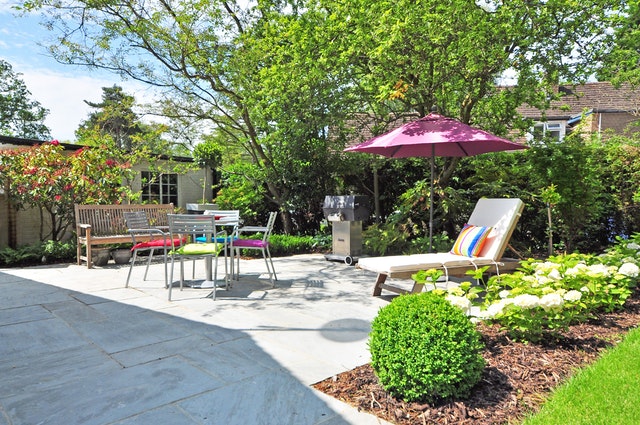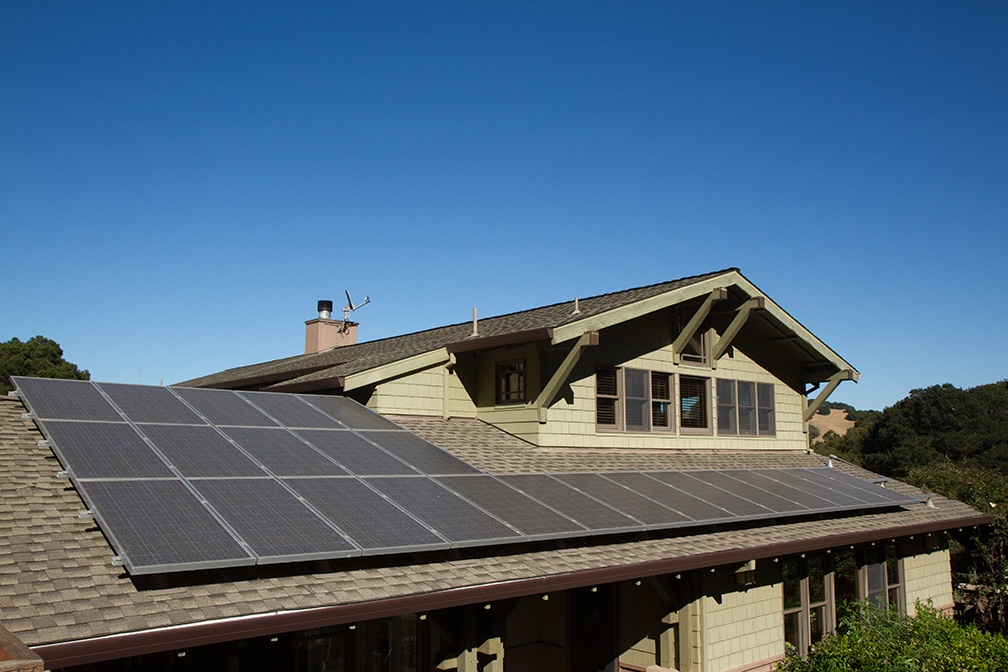6 Money Making Tips For The First Time Home Seller
 Today’s homebuyers can have specific ideas and personal preferences that influence their decision on what attracts them to a particular property. While some prefer a fixer-upper, many desire a home that’s as close to turn-key as possible.
Today’s homebuyers can have specific ideas and personal preferences that influence their decision on what attracts them to a particular property. While some prefer a fixer-upper, many desire a home that’s as close to turn-key as possible.
First time home sellers may help expedite the process with these six home selling tips.
Determine Right Listing Price
A home priced competitively in its market typically sells faster. Professional REALTORS® know the area and look at comparative listings to help determine the right listing price.
First time home sellers often think their home should list higher, and this can turn away buyers. Trust a real estate agent to know the right price that will attract potential buyers for a sale that makes all parties happy.
Curb Appeal Makes a Difference
Great curb appeal has the power to attract buyers and create a positive first impression. Simple enhancements add to curb appeal:
- Mow the lawn or make sure the walk/driveway is clear of snow/ice
- Prune overhanging branches and trim bushes
- Remove any sickly or dead vegetation
- Replenish missing mulch or rocks in landscape beds
- Replace worn house numbers and/or mailbox
- Add fresh potted plants to porch for pop of color
- De-clutter yard by removing lawn ornaments/art and all kids’ toys
- Have all exterior lighting in working condition
A fresh coat of paint on the front door, clean windows, and a sidewalk swept free from leaves and debris also add to the overall welcoming look.
De-clutter and Depersonalize
Once potential buyers enter the home, it’s time to make another important impression. Homebuyers should be able to visualize themselves living in the space.
De-cluttering and depersonalizing the home helps. The fewer items in a room, the larger the space feels. Key areas to de-clutter include the kitchen and bathroom, in particular the countertops. Remove all personal items, storing out-of-sight in a closet or cabinet.
In addition, remove personal photographs and large collections if possible. Children’s rooms don’t need to be completely depersonalized, but it’s essential to de-clutter the space to show it to its best advantage.
Repairs and Replacements
Every home has a few small items that need repair but have fallen to low priority. Before listing the home, take the time to make these repairs and replacements.
Tighten that loose cabinet in the kitchen, replace the torn bathroom window screen, and refresh the caulk in the showers. Sometimes it’s the little things that turn off homebuyers and these small repairs may be the tipping point for a sale.
Offer the Extras
In a competitive market, offer extras to entice buyers. Generally, these extras are appliances that stay with the home as part of the sale. Other extras a seller may include within the price of the home are items like window treatments and outdoor accessories like patio furniture.
Consider a Pre-inspection
A pre-inspection can help reduce concerns potential buyers have regarding the home’s current condition. It’s a way to reassure buyers that the house doesn’t have any hidden issues.
However, getting a pre-inspection doesn’t mean homebuyers won’t want their own home inspection, too. Consult with a real estate professional to help determine if a pre-inspection may be helpful.
First time home sellers don’t have to be overwhelmed with the process. With the right preparation and the help of a professional real estate agent, home selling can move swiftly.

 The oft-repeated maxim that there is never a second chance to make a great first impression is especially true when it comes to real estate. Street appeal may focus on a dramatic approach to the front door, but prospective buyers will be especially “wowed” by an appealing back yard.
The oft-repeated maxim that there is never a second chance to make a great first impression is especially true when it comes to real estate. Street appeal may focus on a dramatic approach to the front door, but prospective buyers will be especially “wowed” by an appealing back yard. In a hot real estate market, agents often tell buyers they must expect to make multiple offers before one is accepted. Disappointment may be the new normal rather than an exception. The stress of repeated rejections isn’t easy, so be prepared.
In a hot real estate market, agents often tell buyers they must expect to make multiple offers before one is accepted. Disappointment may be the new normal rather than an exception. The stress of repeated rejections isn’t easy, so be prepared. Sustainable materials, energy savings and smart home technology are high on the list of buyer wants in a home. But there are some other architectural and design trends that will change the way Americans live this year and beyond.
Sustainable materials, energy savings and smart home technology are high on the list of buyer wants in a home. But there are some other architectural and design trends that will change the way Americans live this year and beyond. In recent years, building an environmentally friendly home or updating an existing home to be more energy efficient has become much more mainstream. While building an entirely green residence isn’t always fiscally possible, simple eco-friendly building techniques and upgrades will ultimately lower your water and electricity bills.
In recent years, building an environmentally friendly home or updating an existing home to be more energy efficient has become much more mainstream. While building an entirely green residence isn’t always fiscally possible, simple eco-friendly building techniques and upgrades will ultimately lower your water and electricity bills.